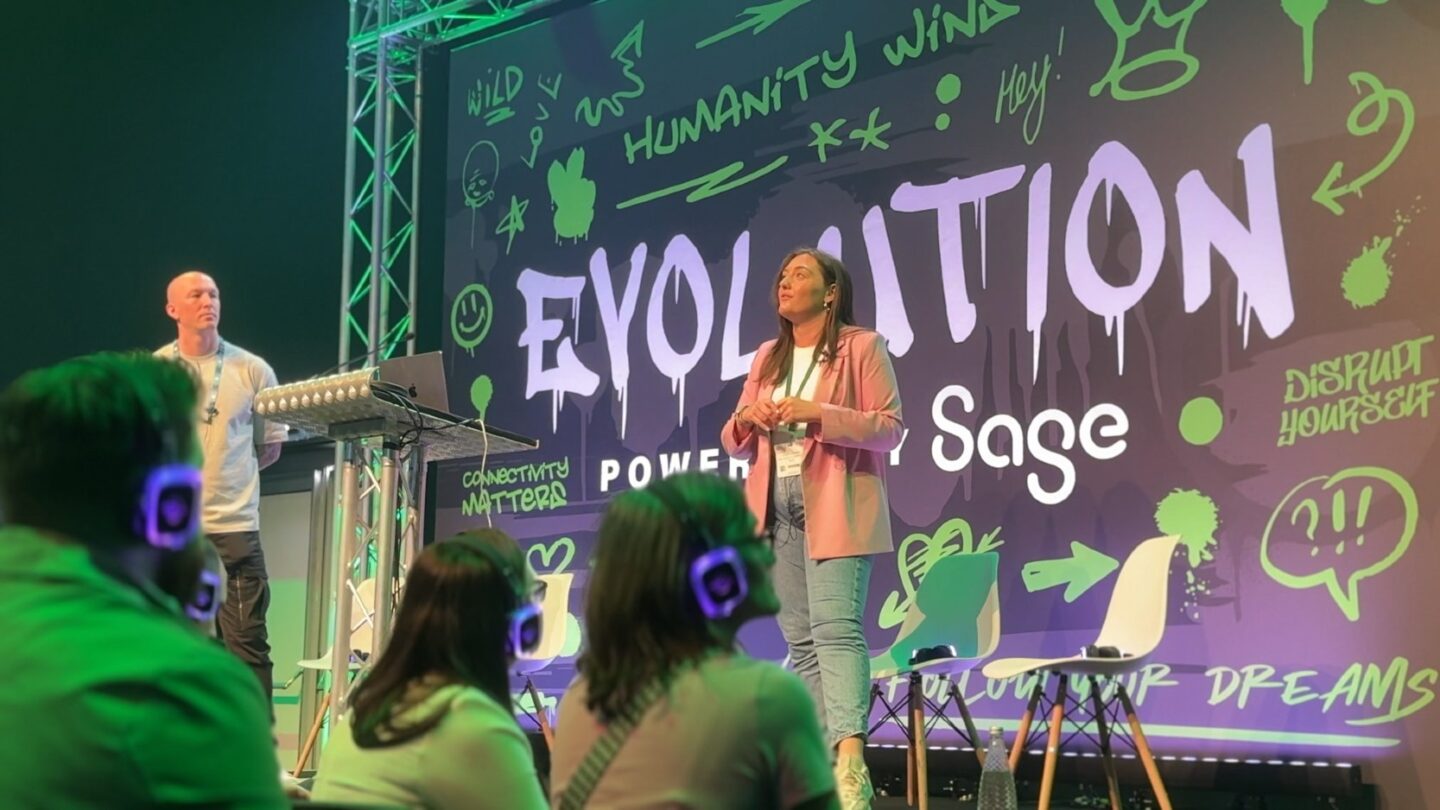Strategy, Legal & Operations
Tax season: How to get your practice ready for this busy time of year
There's always a crunch at tax season - discover how it can be eased with help from automation and better use of software by accountants and clients.

Within a few years, the Self Assessment deadline may become largely a memory for most clients. But until then, the tax season will remain one of the more frantic times for the UK accountancy profession.
We asked accountants who are Sage Champions to send us their horror stories – anonymously, of course.
Here are just two examples:
“We had over 700 barristers as clients. We tried everything to get them to bring their tax return information in early. It never worked. One year, we had 400 tax returns to finalise in January. A complete nightmare.”
If we assume there are 21 working days in January, that’s more than 19 tax returns processed each day. Yikes!
And while many accountants know about the ‘shoebox’ client, who turns up with a box full of receipts and invoices on 31 January, how many have dealt with a ‘bin bag’ client?
“One client delivered their final accounts in a black bin bag full of faded till receipts. It took about two days just to organise what was useful and what was junk. The client was a butcher and there was dried blood on some of the paperwork. Oh, and this was three days before the electronic filling deadline.”
While blood on paperwork requires a quiet word with the client, late submissions needn’t be the norm within any practice.
In this article, we speak to Shaz Nawaz, who owns and runs AA Accountants, a chartered accountancy practice in Peterborough. He claims that, as the sun rises on 31 January each year, his office is relaxed and his staff aren’t stressed. Here, he tells us how…
The importance of starting early
“The intention is to have clients file all their tax returns ideally by the end of November,” says Nawaz. “Worst case scenario, by Christmas.”
In fact, he says, preparations begin as soon as the tax year ends in April – although, practically, the need to wait for software updates to take into account yearly changes mean the process doesn’t begin in earnest until May or June.
But the work for Nawaz and his team has begun long before even this date.
He says: “It’s about the education process when onboarding new clients. We explain the need to keep everything up to date and file as soon as they can.
“It’s not complicated.
“We tell them if they file in June or July then they’ve got the best part of seven months to get the money together to pay the tax.
“But if they file on 15 January then they’ve got two weeks. It makes sense to most people.”
He and his team also explain how the client may need to get additional paperwork from other advisers, such as dividend vouchers, which again takes time.
Within the practice, a target system is used to ensure an even spread of tax returns, calculated simply by taking the total number of clients and dividing by the number of weeks available until that Christmas deadline.
Nawaz’s firm has invested in automation, and this means the process of planning and communicating with clients is easier through the use of tools such as customer relationship managers and practice management software.
He says: “Initially, we email them to ask when they’ll be sending us their paperwork. Some respond, and some need a second email. Some need a phone call. But around half of them respond, and we start on their returns.
“Then we target the ones who usually bring their paperwork in at the last minute, because we know they’re going to need extra encouragement.
“Finally, there’s a whole category of those that require special treatment – maybe they’ve experienced a bereavement, for example, or they’ve just started their business.
“Some switch to us late in the year from another accountant they weren’t happy with.”
Helping clients help themselves
A technique used by some accountants is best defined as ‘carrot-and-stick’ – discounting so clients who submit in a timely way are charged a lower fee.
For Nawaz, trying that approach brought mixed results.
He says: “I wouldn’t say it doesn’t work, but people nearly always have a reasonable excuse why they weren’t able to submit on time.
“And certain team members are apprehensive about charging higher fees because they have a good relationship with the client and they don’t want to disrupt that.”
Instead, Nawaz returns to his message around the better use of technology – sending emails and text messages via software that automates reminders, alongside phone calls and even letters through the post.
He says: “During the phone calls our approach is that we’re sharing tips, information, advice and recommendations with clients.
“And alongside this, we’ll also then remind them that their tax return is due and make sure they’ve got all the information together.
“If they haven’t, and if they need any assistance, we’ll offer it to them.”
Other practices have implemented similar types of what could almost be described as content marketing – for example, running webinars on the topic of submitting tax returns.
Another key approach Nawaz recommends is encouraging clients to make intelligent use of software, so they’re simply unable to reach January without having the majority of their paperwork ready.
He says: “They can automate the entry of data from paperwork with the likes of AutoEntry. If they need to track their mileage, there are different phone apps to do that automatically.
“If they’re looking to look at their personal income and expenditure, there are apps available for that too.
“We do a lot of work with property investors and there are apps available to help property investors manage their properties better.”
His practice even offers a service where clients can photograph paperwork using their phone as it arrives, and then send it via email using a special address that drops it into the client’s personal cloud storage so it can be processed.
Nawaz adds: “There’s a lot of apps available and I think sometimes people get confused.
“My advice is, it doesn’t matter which one you use. Most of them do the basics pretty well. The biggest leap for a client is to make a start. That’s the biggest challenge.”
Final thoughts
If there’s a moral that can be drawn from what Nawaz says, it’s simply that communication is key.
“Communication helps us encourage clients to bring in their stuff quicker,” he points out. “All accountants, before they actually prepare the tax return, should be having a pre-year-end tax meeting and discussing the tax affairs of that particular client.”
This is a route to more revenue, he adds: “You have to say, ‘OK, let’s look forward now. Let’s plan for next year. Here are the things you need to be doing, so what do you need support with?’
“More phone calls, more conversations, more meetings. They create a more intimate relationship with clients, resulting in them buying more services, because they realise they need more help.”
Nawaz recounts the story of how, in the past, he started work sometimes at three or four o’clock – in the morning. Usually, this was around tax return time.
He adds: “I just thought, I shouldn’t be doing this. But more than that, there’s no way I can expect my team to do this. It was just wholly unfair. So, we just realised it was time to change the system.”





Ask the author a question or share your advice